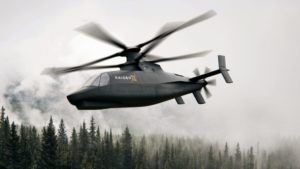
The Army’s Future Vertical Lift (FVL) platforms has received “significant interest” from international partners, according to the lead program official, with eight countries having already sent letters of interest to the service. “We’re pursuing those letters of interest and taking it to the next level [toward] bilateral engagements,” Brig. Gen. Walter Rugen, director of the FVL Cross-Functional Team, said during the virtual Defense News conference. “We’ve had a number of virtual meetings with our partners to keep the momentum up…

 By
By 











